In the last two years or so, we’ve seen the development of Linux phones that are expected to launch in the next few months with products such as PinePhone, Purism Librem 5, or even Necunos NC_1. Solectrix SX Mobile Device Kit also targets Arm-based mobile devices, but it is somewhat different, as the i.MX8M Mini development kit aims to help with the design of Android or Linux mobile devices with software, hardware and housing available, but more geared towards specific business use cases, as it comes with optional Gigabit Ethernet and USB-to-UART ports, and no cellular connectivity. Solectrix SX Mobile Device Kit (MDK) specifications: SoC – NXP i.MX8M Mini single to quad-core Cortex-A53 processor clocked at up to 2.0GHz, Arm Cortex-M4F @ 400MHz, and 2D / 3D GPU (OpenGL ES 2.0) System Memory – 2GB LPDDR4 Storage – 8GB eMMC Flash, microSD card slot Display – 4-lane MIPI DSI; capacitive […]
Beelink L55 Review – An Intel Core i3-5005U Mini PC Tested with Windows 10 & Ubuntu 18.04
With the shortage of Gemini Lake processors, some manufacturers have taken to releasing new mini PCs using older CPUs. The Beelink L55 is one such example and uses Intel’s Broadwell I3-5005U CPU which is a dual-core 4-thread 2.00 GHz processor with Intel’s HD Graphics 5500. The L55 is a ‘NUC’ style mini PC and physically consists of a 128 x 126 x 46 mm (5.04 x 4.96 x 1.81 inches) box case with a front panel that includes the power button, a headphone jack and a couple of 3.0 USB ports and then on the rear, two more 3.0 USBs, two 2.1 USBs, HDMI (1.4), DP and two gigabit Ethernet ports. Note that there is no SD or micro SD card slot. The full specifications include: The L55 comes with either a 256GB or 512GB (as tested in this review) M.2 SSD with pre-installed Windows 10 Home version 1809 together […]
Inforce Introduces Snapdragon 660 & 845 Modules with On-Device AI
Inforce Computing has just launched two new pin-compatible system-on-modules, namely Inforce 6502 and Inforce 6701, powered by Qualcomm Snapdragon 660 & Snapdragon 845 SoC respectively. In their newsletter, the company claims those are their first modules with on-device AI capabilities with the Snapdragon 660 enabling “advanced visual computing, enhanced graphics and on-device machine learning capabilities”, while the more powerful Snapdragon 845 is better suited for “immersive multimedia experiences including optimized AI performance for a more responsive, power-efficient user- experience and capture of cinema-grade videos in UHD@60fps resolution. Inforce 6502 Snapdragon 660 SoM Specifications: SoC – Qualcomm Snapdragon 660 with 8-core Kryo 260 processor, Adreno 512 GPU, Qualcomm Hexagon 680 DSP with Hexagon Vector eXtensions (HVX) for Caffe2 and Tensorflow System Memory & Storage – 3GB LPDDR4, Dual-Channel + 32GB eMMC flash in single eMCP package Connectivity Bluetooth 5.0 + Wi-Fi 5 802.11ac 2×2 with MU-MIMO and Dual Band Simultaneous (DBS) […]
Debian 10 “Buster” Released
If you’re a recent owner of a Raspberry Pi 4 SBC, you should have had an early taste of Debian 10 “Buster”, since the Raspberry Pi Foundation decided to release their Raspbian “Buster” image before the actual release in order to lower software development costs. Debian developers have only just announced the release of Debian 10 “Buster”. The new version of Debian supports various desktop environments including Cinnamon 3.8, GNOME 3.30, KDE Plasma 5.14, LXDE .99.2, LXQt 0.14, MATE 1.20, and Xfce 4.12. Besides the official announcement Debian also posted tidbits on their Twitter feed, where we learn for example that “Debian 10 buster has 28,939 source packages with 11,610,055 source files”. Officially supported architectures for Debian 10 include i386 and amd64 for x86 targets, arm64, armel and armhf Arm architectures, as well as various other architectures including MIPS (mips64el, mipsel…), PowerPC (ppc64el), and IBM System z (s390x). One notable […]
Ivport Stereo CM Breakout board for Raspberry Pi Compute Module Supports Two Cameras
We’ve previously written about IVport V2 camera multiplexer board that can connect up to 16 cameras to a single Raspberry Pi board in order to create 360 degrees camera setups for example. The company also offered a version with two cameras for stereo recording and capturing modes. But if you’d rather use a Raspberry Pi Compute Module with or without eMMC flash, and use either Raspberry Pi camera V1 or V2, the company has launched Ivport Stereo CM breakout board with support for up to two cameras and exposing some extra ports. Ivport Stereo CM specifications: RPi module compatibility Raspberry Pi CM1 Raspberry Pi CM3 (eMMC equipped) Raspberry Pi CM3 Lite Raspberry Pi CM3+ (eMMC equipped) Raspberry Pi CM3+ Lite RPi camera compatibility Raspberry Pi Camera Module V1.3 (OV5647 sensor) Raspberry Pi Camera Module V2 (Sony IMX 219 sensor) Storage – microSD slot Video Output – HDMI Networking – 10/100M […]
New Raspberry Pi 4 VLI Firmware Lowers Temperature by 3-5°C
The other day I tested Raspberry Pi 4 with an heatsink since previous multi-threaded benchmarks clearly made the board throttle when running those without any cooling solution. The guys at the Raspberry Pi Foundation somehow noticed my post, and I received an email from Eben Upton explaining a new Raspberry Pi 4 VLI firmware had “some thermal optimizations that are not installed by default on early production units.” I did not understand VLI at first, but eventually understood this referred to the firmware for VIA VL805 PCIe USB 3.0 controller on the board. The Raspberry Pi Foundation provided me with a test version of the firmware, which they’ll release in the next few days, or weeks after testing is completed. Now if you’re going to test a platform that will throttle due to overheating, it’s very important you do so at constant room temperature. I work in a office where […]
Raspberry Pi 4 Benchmarks – Heatsink Edition
A few days ago, I ran some benchmarks in Raspberry Pi 4, and quickly found out that using the board without a cooling solution will cause serious performance issues, as in some cases my board was slower than Raspberry Pi 3 model B due to severe overheating. After playing with LibreELEC yesterday, I’ve now reinstalled Raspbian Buster Desktop on the board, and fitted it with a largish heatsink and some old thermal paste. So I’ll run benchmarks again with and without heatsink. I’ll only run sbc-bench this time. SBC Bench Installation Open a terminal windows or connect to the board through SSH and run:
|
1 |
wget https://raw.githubusercontent.com/ThomasKaiser/sbc-bench/master/sbc-bench.sh |
Raspbian Buster will automatically fetch the latest operating systems packages upon first boot, but apparently not the latest firmware:
|
1 2 3 4 |
/opt/vc/bin/vcgencmd version Jun 20 2019 16:04:31 Copyright (c) 2012 Broadcom version 407b1da8fa3d1a7108cb1d250f5064a3420d2b7d (clean) (release) (start) |
So I ran rpi-update to get the very latest firmware as well, and rebooted the board:
|
1 2 3 4 |
/opt/vc/bin/vcgencmd version Jun 26 2019 17:42:42 Copyright (c) 2012 Broadcom version 1186f932808ed601ddd583a30a3ce055477b1a26 (clean) (release) (start) |
Normally, you should not have to do it, […]
Pi-Top [4] mini-PC runs the New Raspberry Pi 4
The features and design have changed, but the reliability and the advanced processing capability are all the well-known new Raspberry Pi 4, housed in the new Pi-Top [4]. The popular platform has come out with a portable design with expanded connectivity, scalability, and increased processing capabilities. It boasts an OLED display in a mini-PC form-factor that the company has announced will go on sale on Kickstarter. The SBC industry is seeing a general increase in features and processing ability. Added device connectivity, especially in multimedia capability. The Pi-Top [4] is no exception. The laptop version of Pi-Top is still a viable computer with many features for an SBC footprint. The new Pi-Top [4] mini-PC has expanded RAM, increased ports, and comes with an inventor’s kit. The Pi-Top [4] comes with a roster of accessories that include; sensors, LED’s, and potentiometers to get those just beginning their journey on the path […]


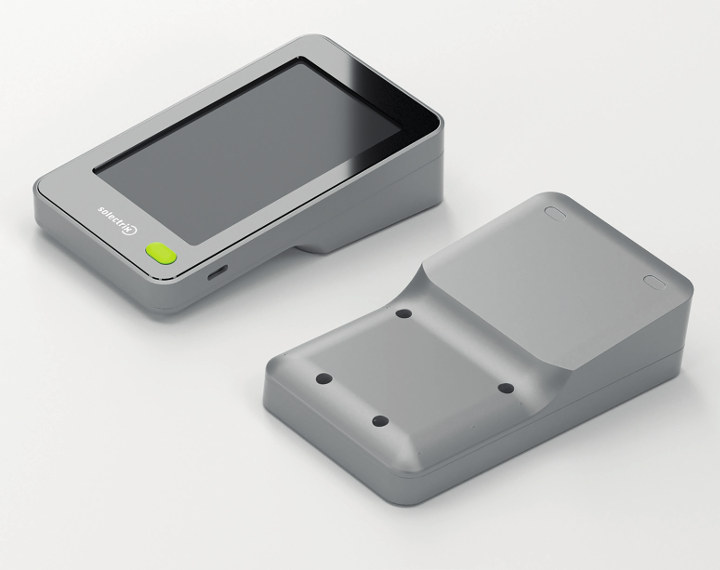
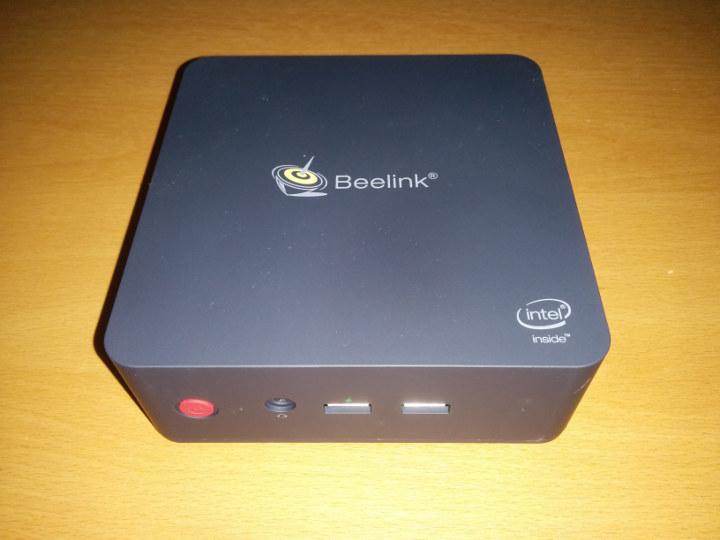
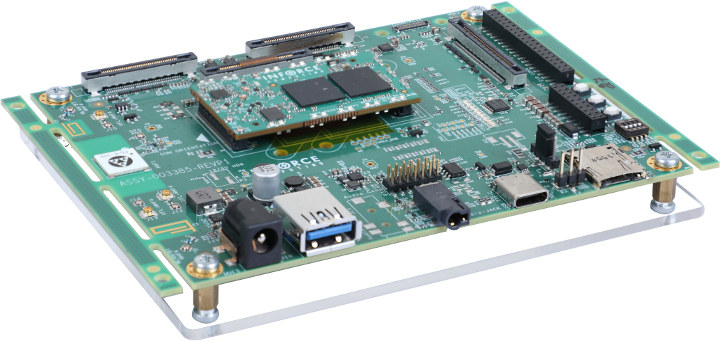

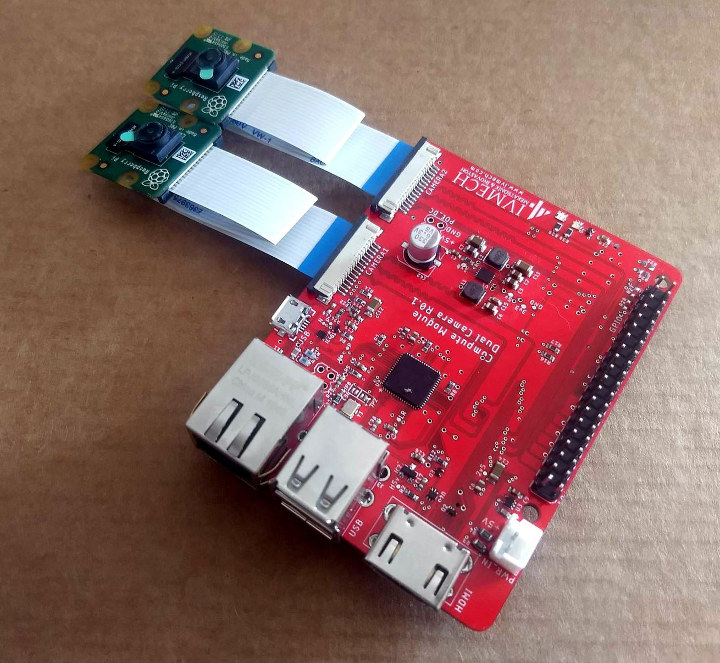
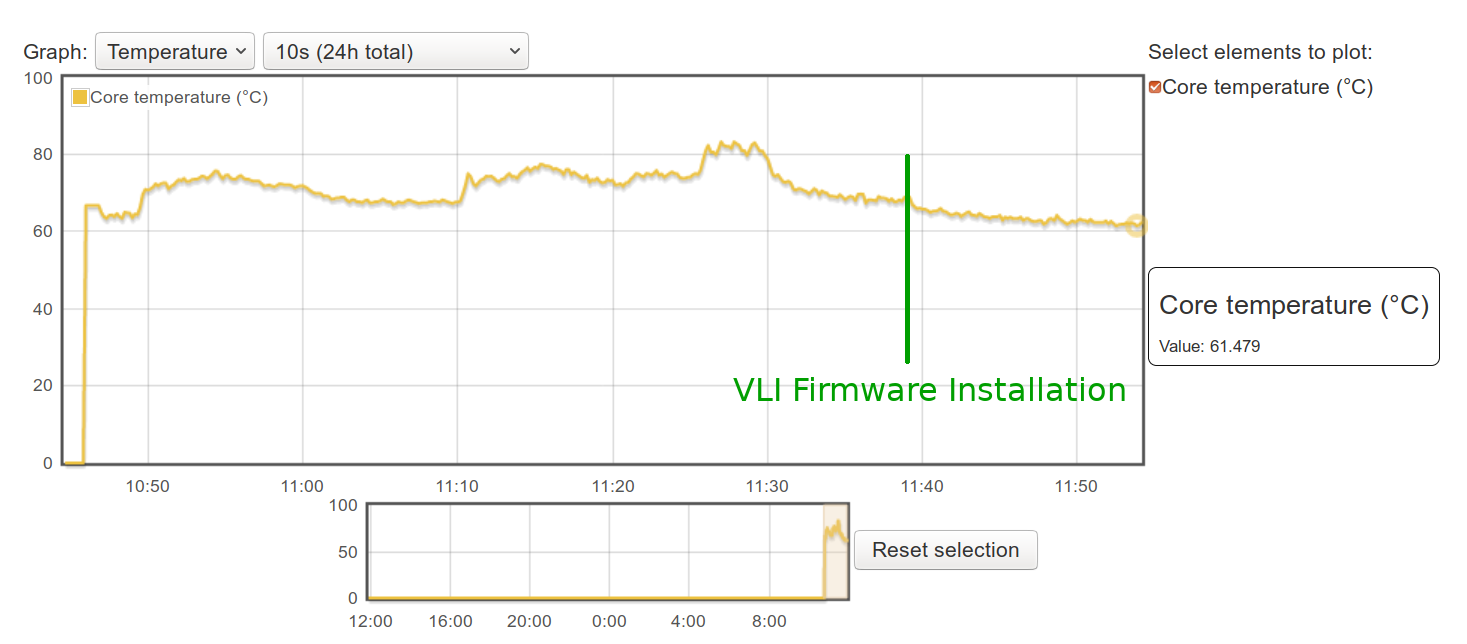
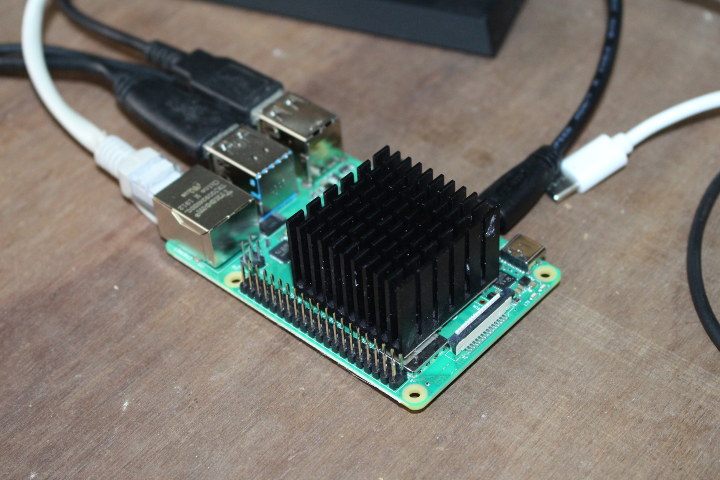
![pi top [4]](https://www.cnx-software.com/wp-content/uploads/2019/06/pi-top-4.jpg)